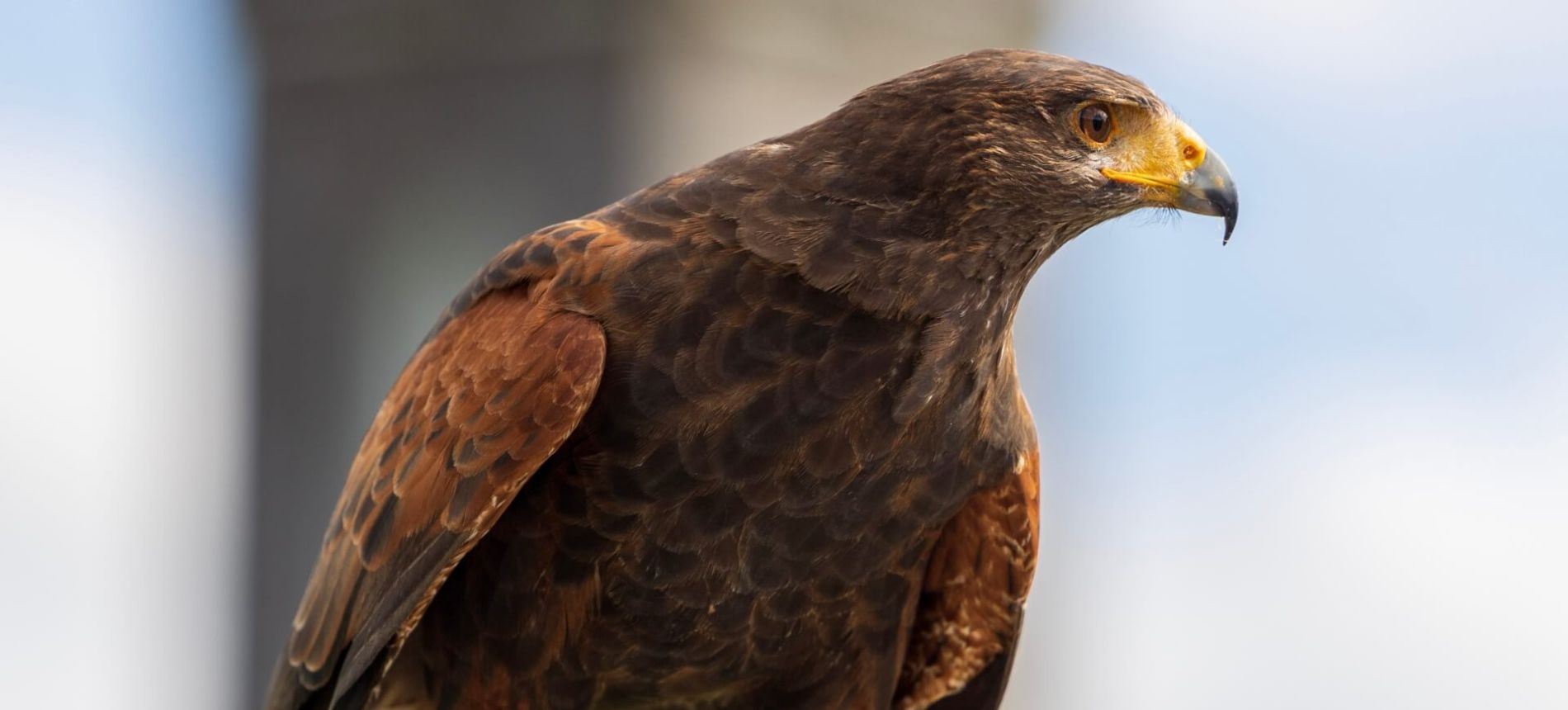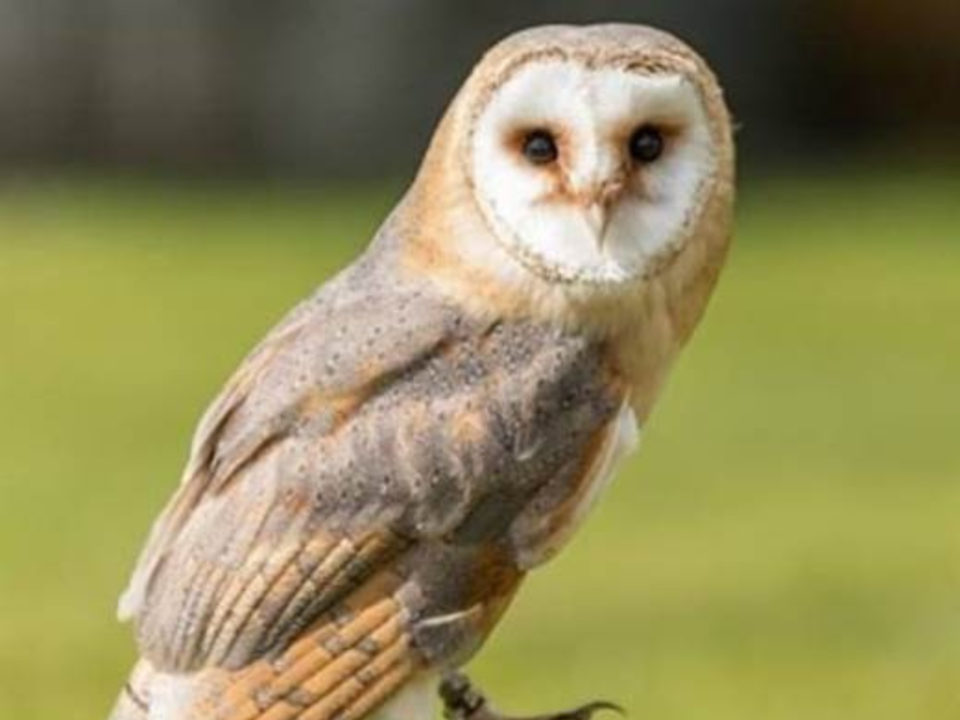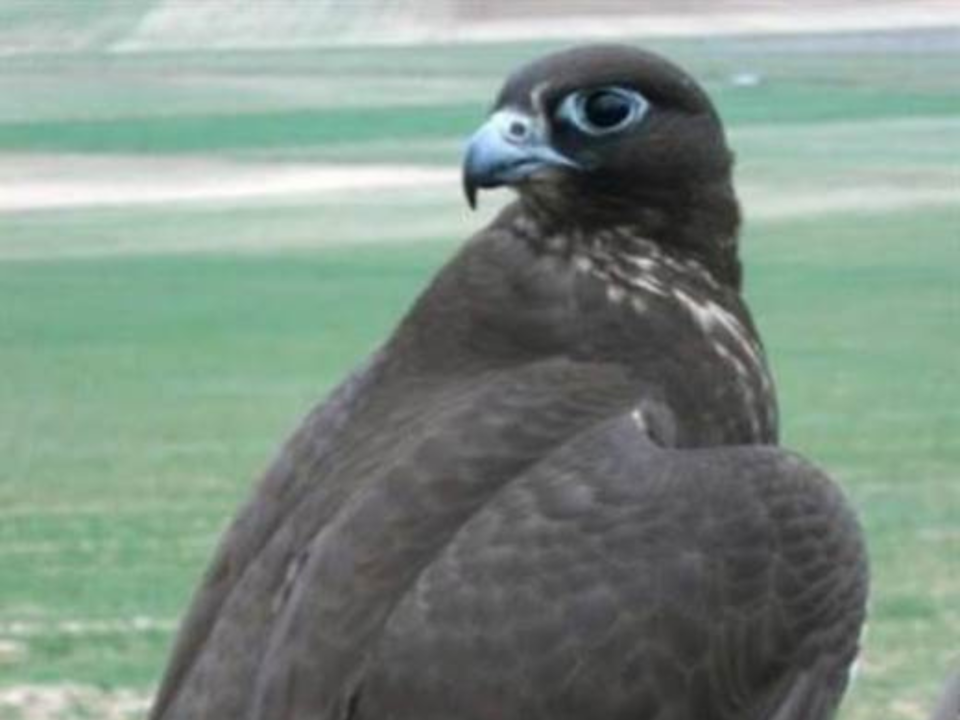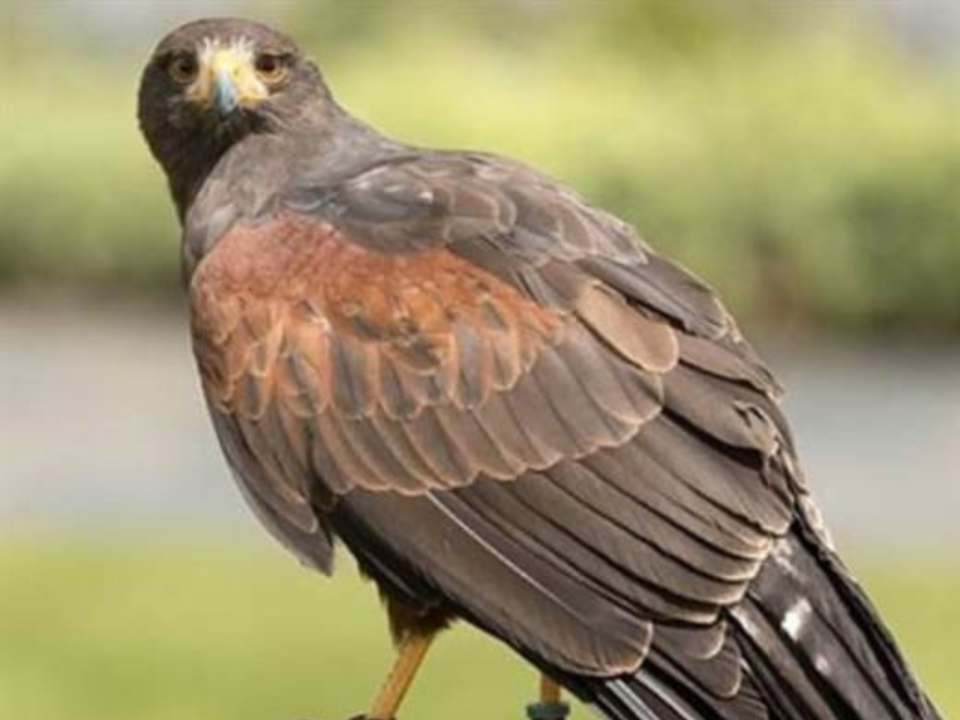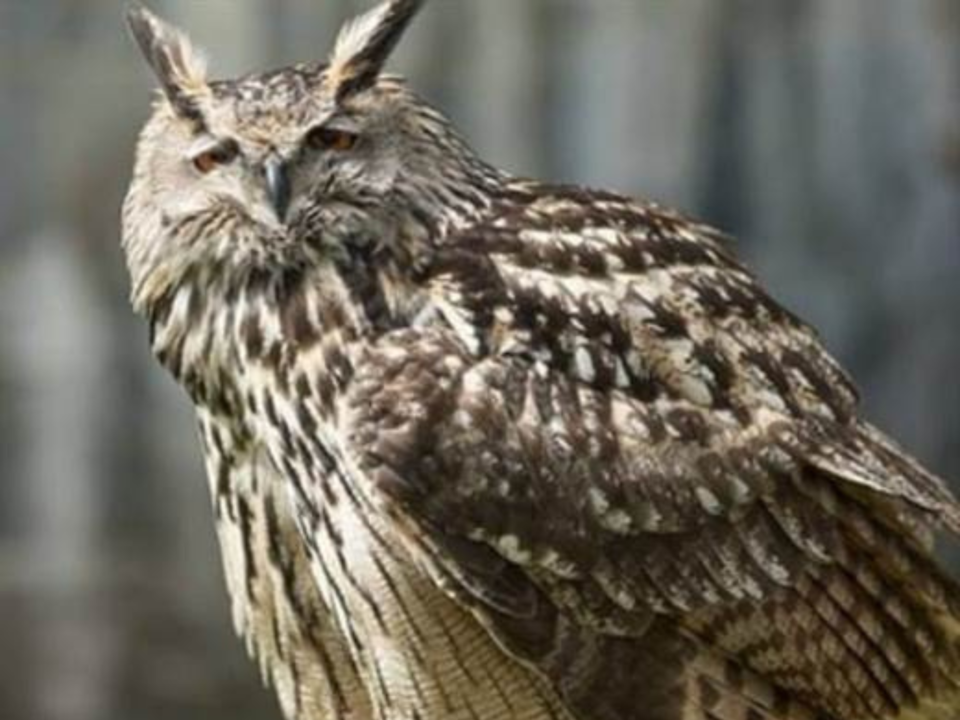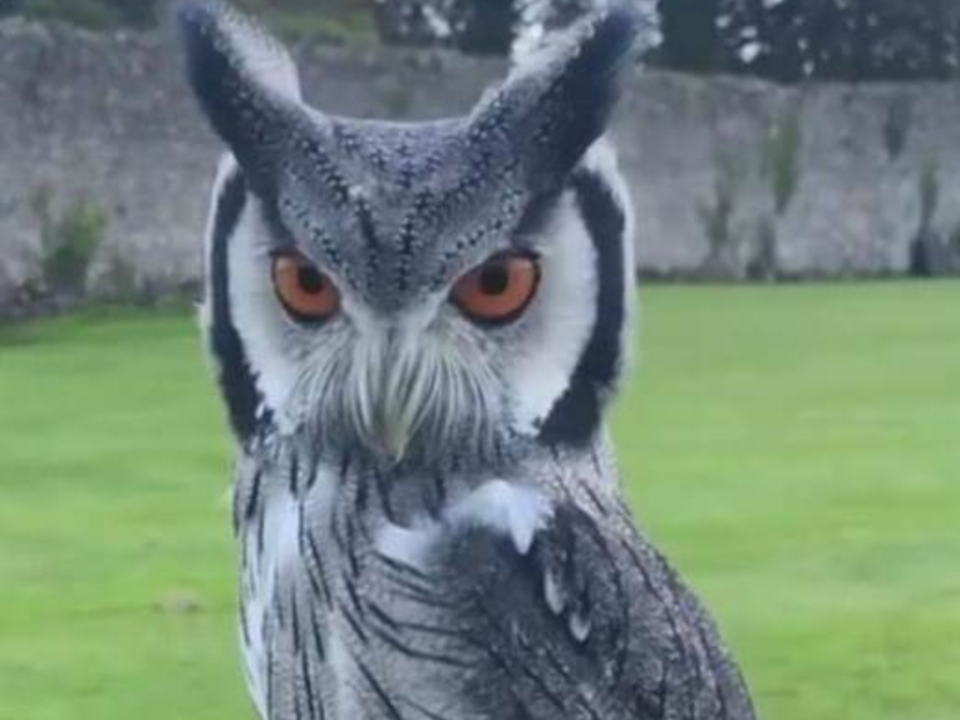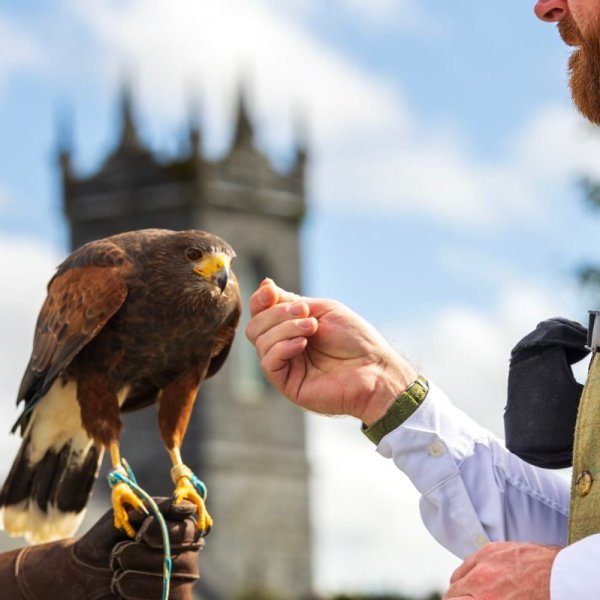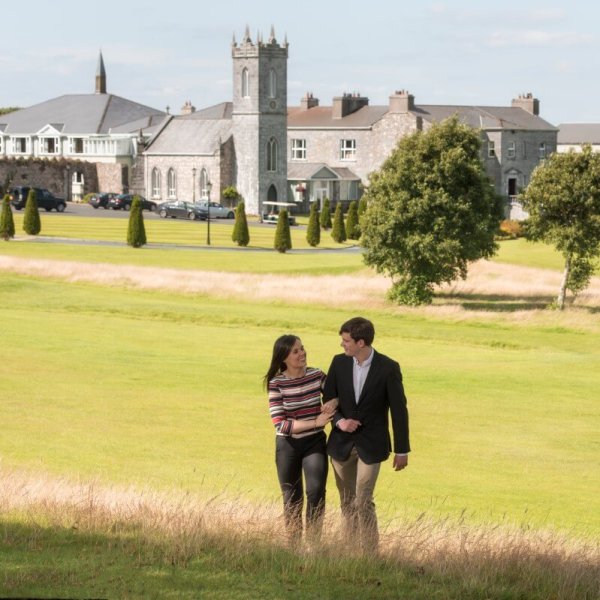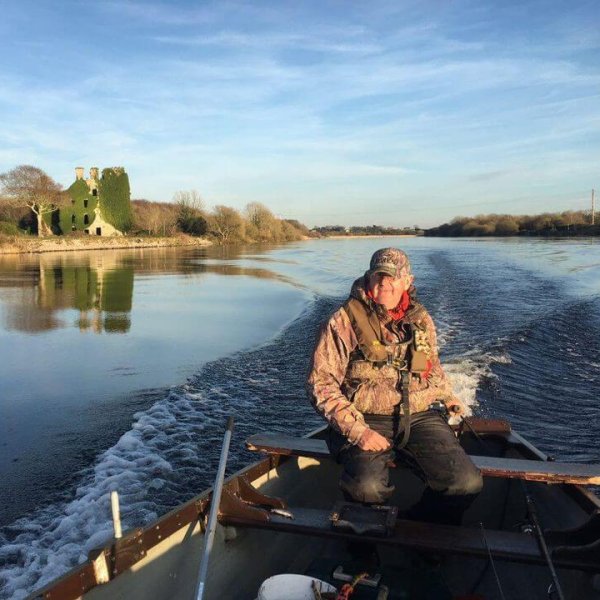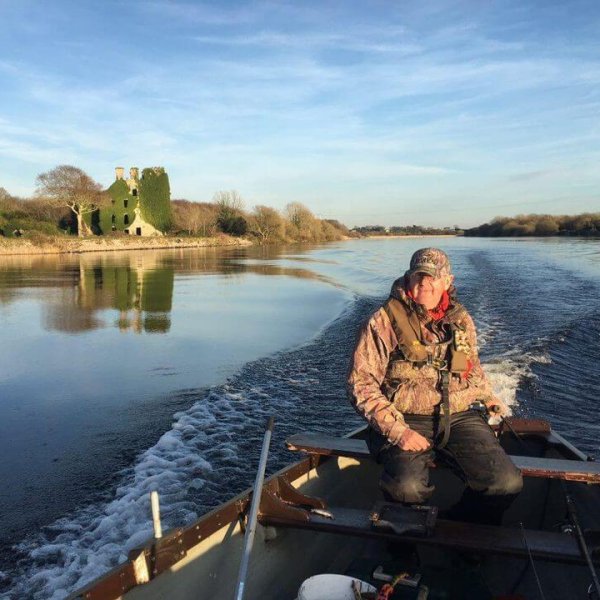This long-standing tradition can be experienced on the lush grounds of Glenlo Abbey Hotel & Estate. Come up close and personal with a variety of birds of prey within our 138-acre estate, while guided by one of Ireland's best Master Falconers. Our offering includes both one to one private hawk walks, where guests can enjoy time with several different birds of prey, or display shows for larger groups.
Meet our Master Falconer
Jason Deasy has spent his whole life appreciating nature, which was passed down to him from his grandfather, who from a young age showed him how to live off the land and respect it.
As a teenager Jason had more books on wildlife than schoolbooks which grew his fascination of all types of animals, and in particular large predators. After a few years of travelling around the world to places such as Australia and New Zealand, Jason fell in love with another 5,000-year-old pastime, surfing. This brought to life his love for nature as he witnessed the oceans teeming with wildlife. In Sydney Zoo he fell in love with a Wedge-tailed Sea Eagle. This fascinating bird left a lasting impression on Jason, as he swore upon his return to Ireland that he would become as Falconer.
Once back in his home country, Jason found an advert for an apprentice Falconer. He called the number straight away and in a stroke of luck he was picked out of a huge number of entrants. Jason spent two years as an apprentice, learning how to train, nurture and care for a number of different animals and birds. Over the past ten years Jason has worked tirelessly in the Irish Falconry community and is now considered a Master Falconer.
Pre-booking is essential. To book email reception@glenloabbey.ie or call (091) 519 600



